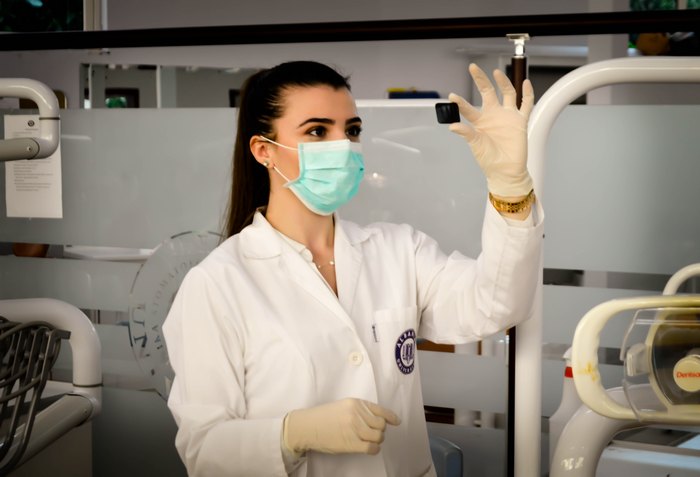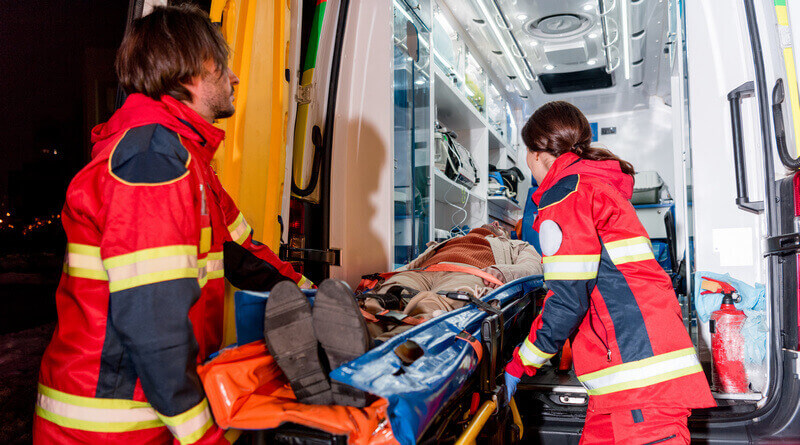5 Ways to Improve Patient Safety in Hospitals

Statistics indicate that about one in every 10 patients experience harm in health care, and over three billion deaths occur yearly because of unsafe care. Over 50% of harm, which translates to one in every 20 patients, is preventable. Patient safety covers information safety as well. It safeguards hospitals from legal troubles and patients from financial loss associated with unsafe data. With proper patient safety practices, healthcare facilities can prevent unnecessary expenses and boost their reputation. Discussed below are five ways to improve patient safety in hospitals.
Ensure patients understand their treatments
Patient safety isn’t the healthcare provider’s responsibility alone. Patients have a responsibility as well. Educating your patients about their treatments can help prevent post-treatment mistakes. Ensure patients have an in-depth understanding of the treatment they’re receiving and the risks they might face along the way. For instance, if you run a clinic such as this Weight Loss Clinic Chicago, ensure your patients know the treatments you offer, their risks, and the post-treatment care they need to achieve the desired results.
Leverage monitoring technology
Healthcare providers look after multiple patients during their work shifts. Each of these patients has unique medical needs and varying medications. With the help of monitoring technology, physicians and nurses can confirm that they’re constantly adhering to the correct procedures for the right patients and ensure they’re keeping up with each patient’s unique needs.
To improve patient safety, hospitals can institute technological measures like barcode systems to confirm patient medication or bed alarms to alert healthcare staff when a patient falls. Such monitoring systems make it easier to catch and avert human error-related harm in healthcare settings.
Ascertain positive patient identification
The importance of positive patient identification for patient safety can’t be stressed enough. It’s essential in ensuring value-based care, patient safety, and care coordination. Patient misidentification is very risky. It may lead to patients being incorrectly diagnosed, receiving the wrong treatment (such as surgical procedures on the wrong patients), getting the wrong medication, and pathology collection mislabeling. There are several instances during patient care where identification is crucial and could be jeopardized, including:
- Medication management
- Patient movement
- Transfusion and infusion management
- Patient handover and transfer
Accurate patient identification results in improved healthcare outcomes and avoids medical errors, which enhances patient safety. Patient misidentification can also cause patient data corruption, leading to incorrect treatment plans, readmissions, dangerous healthcare outcomes, and even death. Proper patient identification promotes patient data integrity, enhancing safety.
Improve patient handover processes
Ineffective handover processes are a primary, preventable reason for patient harm. Safe patient handover is a skill that involves transmitting patient information and transferring patient care responsibilities from one medical profession to another. Communication between healthcare providers during handover is a major challenge. Effective communication among outgoing and incoming shift nurses can help increase patient safety and satisfaction while ensuring quality care services.
Foster a patient safety-centered culture
Fostering a culture that prioritizes patient safety can effectively boost patient safety. A hospital’s patient safety culture is the result of group and individual values, perceptions, competencies, attitudes, and behavioral patterns that govern the commitment to a healthcare facility’s safety and health management. All staff members should be a part of that culture and prioritize quality services and patient safety over everything else.
Endnote
Patient safety is vital to ensuring positive healthcare outcomes. Consider implementing these tips to improve patient safety in hospitals.









Leave a Reply
Want to join the discussion?Feel free to contribute!